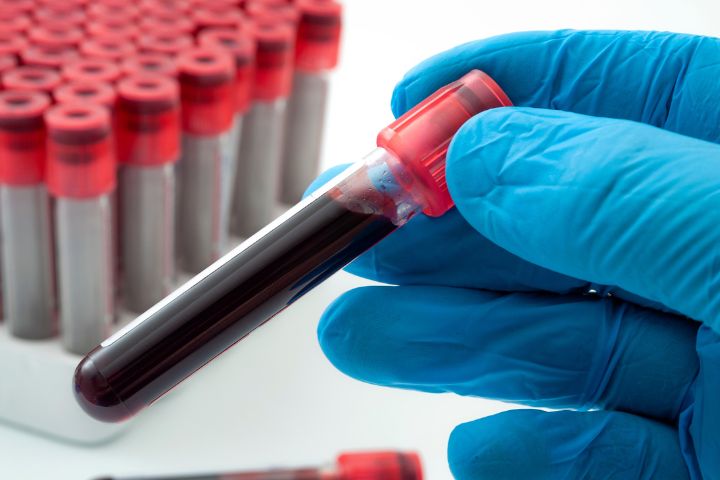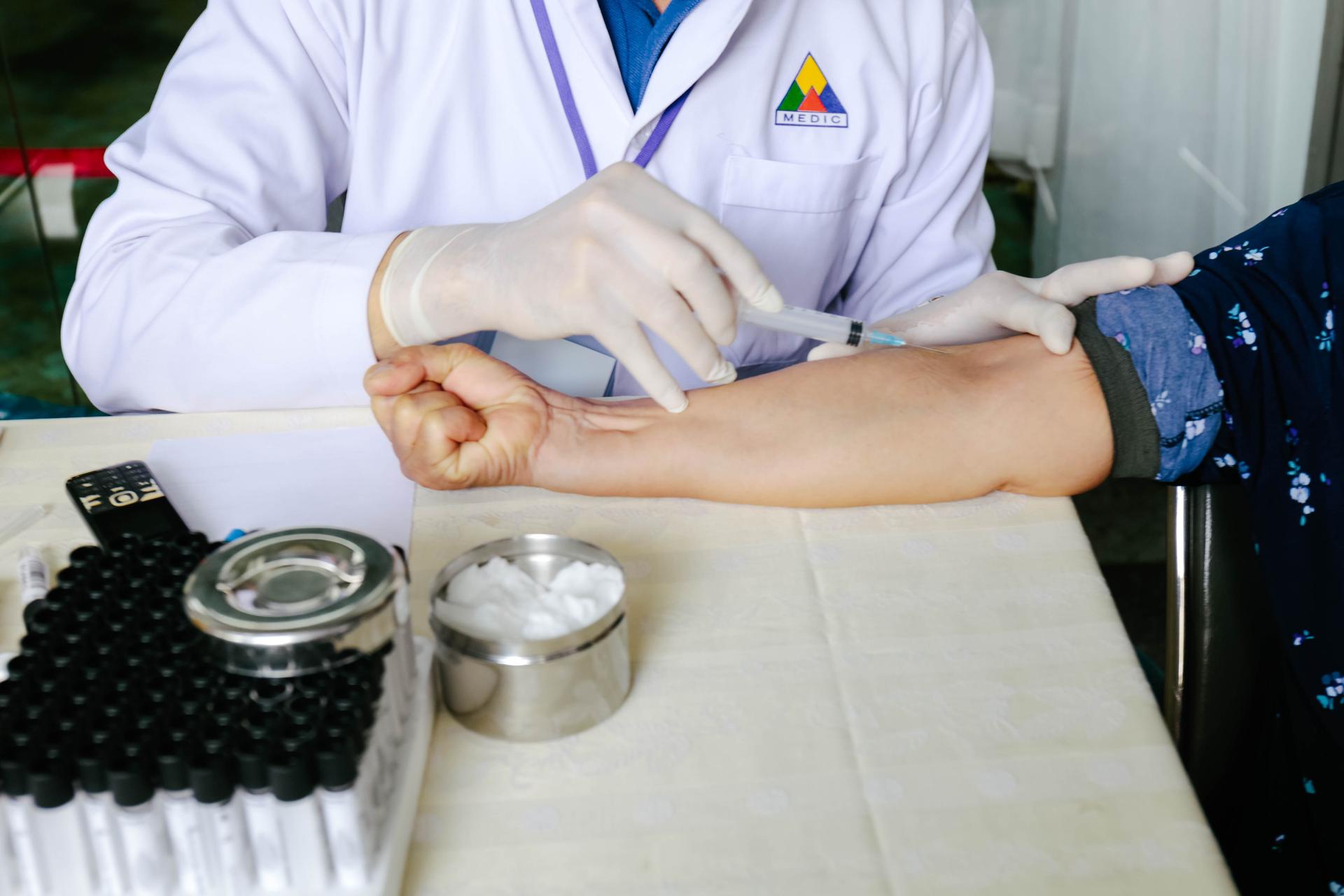Some Known Facts About Northeast Medical Institute - New Haven Campus Phlebotomy Course & Cna Class.
Some Known Facts About Northeast Medical Institute - New Haven Campus Phlebotomy Course & Cna Class.
Blog Article
The 6-Minute Rule for Northeast Medical Institute - New Haven Campus Phlebotomy Course & Cna Class
Table of ContentsSome Known Facts About Northeast Medical Institute - New Haven Campus Phlebotomy Course & Cna Class.The Basic Principles Of Northeast Medical Institute - New Haven Campus Phlebotomy Course & Cna Class The 3-Minute Rule for Northeast Medical Institute - New Haven Campus Phlebotomy Course & Cna ClassGet This Report about Northeast Medical Institute - New Haven Campus Phlebotomy Course & Cna ClassNot known Details About Northeast Medical Institute - New Haven Campus Phlebotomy Course & Cna Class An Unbiased View of Northeast Medical Institute - New Haven Campus Phlebotomy Course & Cna Class
However, making use of such tools ought to be accompanied by various other infection prevention and control methods, and training in their usage. Not all safety gadgets apply to phlebotomy. Before choosing a safety-engineered gadget, users should completely investigate offered gadgets to establish their suitable use, compatibility with existing phlebotomy methods, and efficacy in securing personnel and people (12, 33).For settings with low sources, price is a driving variable in procurement of safety-engineered devices - Phlebotomy Training. Where safety-engineered devices are not available, proficient use of a needle and syringe serves. Unexpected exposure and details info regarding an incident should be videotaped in a register. Support solutions need to be promoted for those that go through accidental exposure.
labelling); transportation conditions; analysis of results for clinical administration. In an outpatient department or facility, offer a committed phlebotomy work area containing: a clean surface with two chairs (one for the phlebotomist and the other for the client); a hand laundry container with soap, running water and paper towels; alcohol hand rub. In the blood-sampling area for an outpatient department or facility, provide a comfy reclining sofa with an arm remainder.
See This Report about Northeast Medical Institute - New Haven Campus Phlebotomy Course & Cna Class
Ensure that the signs for blood sampling are clearly defined, either in a created method or in recorded instructions (e.g. in a laboratory kind). Gather all the equipment required for the treatment and location it within safe and easy reach on a tray or cart, guaranteeing that all the products are clearly noticeable.
Where the person is adult and aware, adhere to the steps detailed listed below. Present yourself to the person, and ask the individual to state their complete name. Examine that the laboratory form matches the client's identification (i.e. match the person's information with the laboratory form, to make sure precise identification). Ask whether the patent has allergic reactions, anxieties or has actually ever fainted during previous shots or blood draws.
Make the person comfy in a supine setting (if feasible). The client has a right to reject a test at any type of time prior to the blood sampling, so it is essential to ensure that the client has actually recognized the procedure - PCT Courses.
The Facts About Northeast Medical Institute - New Haven Campus Phlebotomy Course & Cna Class Revealed
Extend the individual's arm and examine the antecubital fossa or forearm. Find a capillary of a great size that is visible, straight and clear.
DO NOT insert the needle where veins are drawing away, because this raises the possibility of a haematoma. Finding the blood vessel will aid in determining the right size of needle.
Haemolysis, contamination and existence of intravenous fluid and medication can all change the results (39. Nursing personnel and medical professionals might access central venous lines for samplings following procedures. Specimens from main lines carry a risk of contamination or incorrect laboratory examination outcomes. It serves, however not excellent, to injure specimens when initial presenting an in-dwelling venous gadget, prior to linking the cannula to the intravenous fluids.
Unknown Facts About Northeast Medical Institute - New Haven Campus Phlebotomy Course & Cna Class
Failing to permit sufficient contact time raises the threat of contamination. DO NOT touch the cleaned up site; in specific, DO NOT position a finger over the blood vessel to assist the shaft of the exposed needle.
Ask the person to create a hand so the capillaries are much more prominent. Get in the vein quickly at a 30 degree angle or much less, and remain to introduce the needle along the capillary at the easiest angle of entry - Phlebotomy Courses. As soon as sufficient blood has actually been gathered, launch the tourniquet BEFORE taking out the needle
Not known Factual Statements About Northeast Medical Institute - New Haven Campus Phlebotomy Course & Cna Class
Take out the needle delicately and apply gentle pressure to the website with a tidy gauze or completely dry cotton-wool round. Ask the individual to hold the gauze or cotton wool in place, with the arm prolonged and increased. Ask the individual NOT to flex the arm, because doing so triggers a haematoma.

The 7-Second Trick For Northeast Medical Institute - New Haven Campus Phlebotomy Course & Cna Class
Do not push the syringe plunger since added stress increases the threat of haemolysis. Where feasible, maintain the tubes in a rack and relocate the rack in the direction of you. Inject downwards right into the proper coloured stopper. DO NOT remove the stopper since it will release the vacuum cleaner. If the sample tube does not have a rubber stopper, inject incredibly gradually into the tube as lessening the pressure and speed utilized to transfer the sampling minimizes the threat of haemolysis.

Report this page